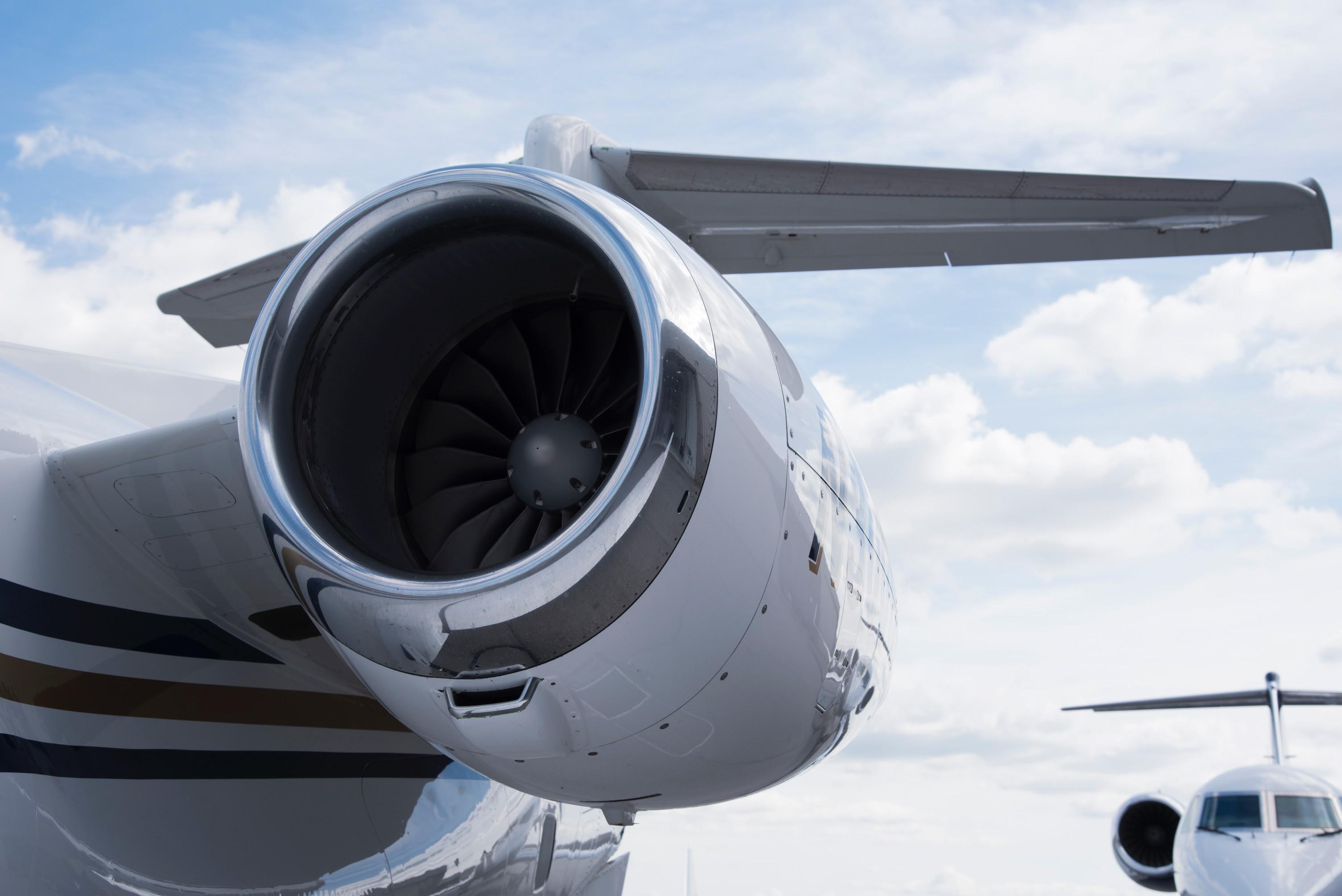Opinion: Engine Maintenance Programs--Buyer Guidance

Engine maintenance programs (EMPs) were originally created to provide a guarantee on aircraft engine reliability and provide a consistent hourly cost to operate an engine.
Rolls-Royce invented the product in the early 1960s and trademarked the name “power-by-the-hour.” The product was one of the first outcome-based business models and was revolutionary because it brought the engine buyer’s and manufacturer’s interests together for both engine reliability and low repair cost over the life of the engine.
Over the years, aircraft engines have become more reliable, and the reasons for investing in EMPs have evolved as well. Many argue these programs aren’t necessary anymore because engine failure is rare and aircraft owners can save by paying out of pocket for engine maintenance costs. But like most things in private aviation, a bargain may not be a good buy.
The Case For Value
The most touted benefit of an EMP is consistent maintenance costs and the ability to forecast costs over time, as most buyers know how many hours they will fly. But for owners less concerned about smoothing budgets over time, residual engine value is a deciding factor for keeping an aircraft “on programs.”
Brand new, an aircraft’s engines can be 50% of the value of the asset--after years of service, this can balloon to up to 90% of the aircraft’s total value. This is the reason banks sometimes require engine programs to finance aircraft. It’s one of the easiest ways to ensure the asset value is protected over time. With the engine manufacturer overseeing the repairs and health of the engine, they have a vested interest in the performance and reliability of the engine.
When buying an aircraft with an engine program that includes corrosion coverage, there is usually no need to inspect the engines as the manufacturer is guaranteeing future repair costs, with the exception of FOD (foreign object debris) damage. If FOD damage is discovered post-closing, insurers typically use the date of discovery as the damage date. Some borescope inspections are prohibited under program agreements, so when buying an aircraft with a program, it could be difficult for the seller to agree to a borescope during the pre-buy inspection.
When selling the aircraft, EMPs carry their value and make the transaction smoother. In most cases, all of the paid-in value in the program can be transferred to the new owner. But buyer beware: If an owner wants to cancel the engine program or new owners don’t want the programs, the enrollment costs and the hourly costs already paid into the program may not be refundable.
Components Of A Modern EMP
The range of EMP types, prices and coverages varies widely today. Buyers can choose to go direct to the manufacturer or work with an independent provider offering programs from multiple engine and airframe manufacturers. At the low end, programs can cover parts for inspections or overhauls only, and at the top end, programs can cover every part and labor cost over the life of the engine with added protections like corrosion damage, carbon offset services and more.
Basic coverage programs usually include:
• Hot Section inspections (a limited inspection of key engine components)
• Overhauls (complete engine disassembly and repair)
• Engine trend monitoring (data analysis of engine health)
• Other labor items, troubleshooting services and assistance on engine rentals
If the aircraft owner is concerned about downtime during overhauls or cases when engines are in unplanned repair periods, the availability and costs of engine rentals become a key consideration. Also, estimated shipping costs of the engines to and from overhaul can be thousands of dollars. If an aircraft primarily operates in regions with high air pollution, such as New York City, or near sea water, such as Miami, the case for adding environmental and corrosion damage coverage becomes more important.
Prices can vary widely based on the expected usage of the aircraft. Buyers should take their time to explore coverages offered in detail, and their intended use profile for the aircraft. Try to be as accurate as possible with hours and cycles that will be flown and be aware of true-up costs for flying too much, or too little.
If the only goal of the aircraft owner is the lowest cost and they are not averse to taking risk, engine programs may not be needed at all. Engine overhaul and inspection costs are negotiable, and for owners who aren’t concerned about large overhaul bills or unplanned expenses, it can certainly be a lot cheaper to go without. Aircraft insurance brokers may be willing to offer mechanical part failure coverage to protect owners from unplanned part failure in the engine.
Programs Are A Partnership
Engine programs come at a premium versus do-it-yourself engine maintenance. But beyond the services offered, these programs offer aircraft owners a highly experienced partner equally interested in the reliability and health of the engines covered. Make sure to choose the partner and their services wisely.
Jessie Naor is COO of GrandView Aviation, a Part 135 charter operator. She currently serves on the executive committee of the Air Charter Safety Foundation and is vice-chair of the National Air Transportation Association’s Part 135 committee. Jessie has participated in FAA rulemaking committees and received the NBAA’s Top 40 Under 40 Award in 2020. She holds an associate’s degree in Air Traffic Control, CCBC Catonsville, a BA in aviation business administration, Embry-Riddle Aeronautical University and an MBA in Management & Finance from The Johns Hopkins University-Carey Business School.




